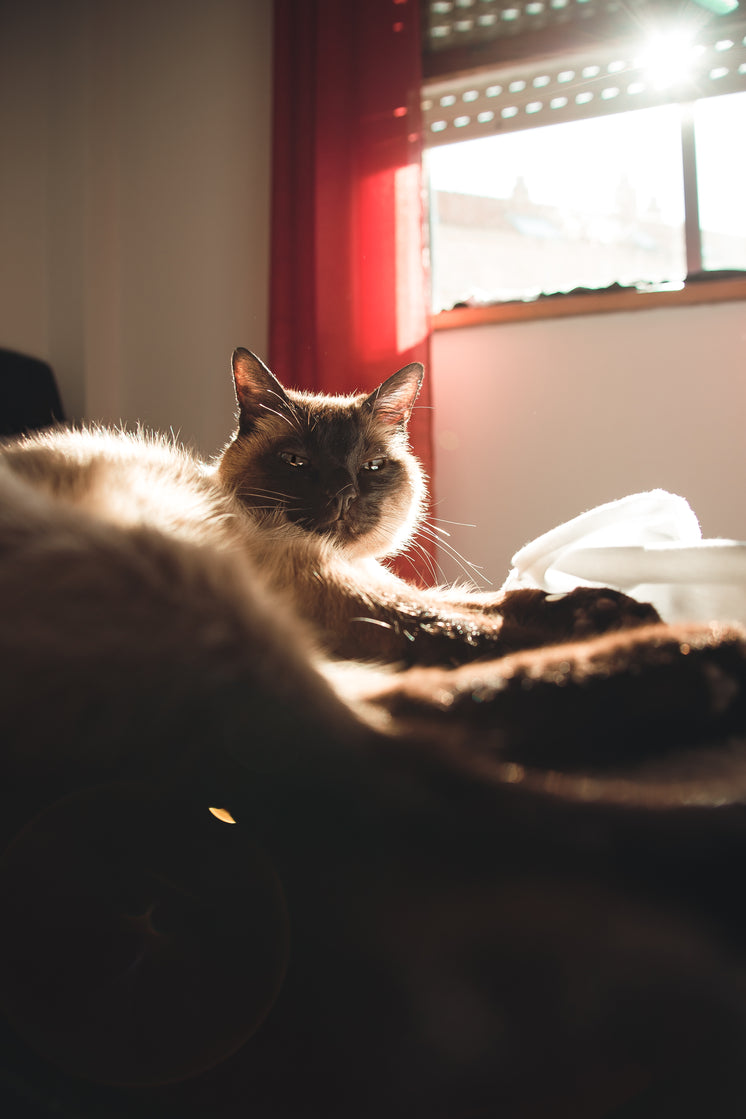Adapting Cat Litter for Senior Cats: Special Factors To Consider

Cat litter and litter boxes play a pivotal function in the lives of both cats and their owners. From the simple starts of sand and soil to the ingenious advancements of today, the world of cat litter has progressed significantly. In this extensive guide, we dig into every element of cat litter and litter boxes, exploring their history, types, advantages, obstacles, and everything in between.
The history of cat litter dates back centuries, with ancient civilizations using sand, soil, and even ashes as primitive litter materials. However, it wasn't until the mid-20th century that contemporary cat litter as we know it emerged. In 1947, Edward copyright introduced the world's first industrial cat litter made from absorbent clay, reinventing the method felines relieved themselves indoors. Ever since, cat litter has undergone various changes, with the intro of clumping litter, silica gel litter, biodegradable options, and more.
Today, cat owners are ruined for option when it pertains to picking the ideal litter for their feline companions. Conventional clay litter remains popular for its affordability and effectiveness in absorbing smells. Clumping litter, which forms strong clumps when wet, simplifies cleaning and maintenance. Silica gel litter, made up of extremely absorbent silica crystals, provides superior odor control and durability. Eco-friendly alternatives, such as recycled paper, wood pellets, corn, and wheat, attract environmentally conscious customers.
Each kind of cat litter provides unique advantages. Clay litter masters its capability to take in wetness and control smells, making it a trusted option for many cat owners. Clumping litter streamlines everyday scooping and extends the time between total litter modifications. Silica gel Pine Pellet Cat Litter litter provides extraordinary smell control and can last longer between replacements. Eco-friendly litters use a sustainable alternative that decreases ecological impact.
While cat litter boosts indoor feline health, it is not without its difficulties. Dust from clay litter can position breathing risks for both felines and people, prompting the appeal of dust-free alternatives. Some felines may establish litter box aversion due to concerns with texture, fragrance, or cleanliness, demanding experimentation with different litters and box cat litter box enclosure setups. Multi-cat homes may need strategic litter box positioning and frequent maintenance to avoid territorial conflicts and ensure all cats have access to tidy Robot Litter Boxes facilities.
Picking the appropriate litter box is necessary for promoting positive litter box habits and general feline wellness. Elements to think about include size, accessibility, and design choices. Covered litter boxes offer personal privacy and assistance contain smells, however some cats might find them restricting or intimidating. Open-top litter boxes provide easy access and presence but might result in more litter scatter. Automatic self-cleaning litter boxes enhance maintenance but need routine monitoring and maintenance.
Correct litter box maintenance is crucial for guaranteeing a tidy and welcoming environment for both cats and their owners. Daily scooping eliminates waste without delay, reducing smell and dissuading litter box hostility. Regular litter replacement, usually every 1-2 weeks, avoids bacterial buildup and preserves optimum absorbency. Thorough cleansing with moderate detergent and water, preventing harsh chemicals that may hinder cats from utilizing package, ought to be carried out monthly.
Cat litter and litter boxes play a main role in promoting a healthy and unified relationship between cats and their human buddies. With a varied range of litter choices and litter box styles available, cat owners have the versatility to customize their choices to match their cats' preferences and home requirements. By understanding the advancement, types, benefits, and difficulties of cat litter and litter boxes, family pet owners can provide their feline pals with a comfy and hygienic indoor environment.